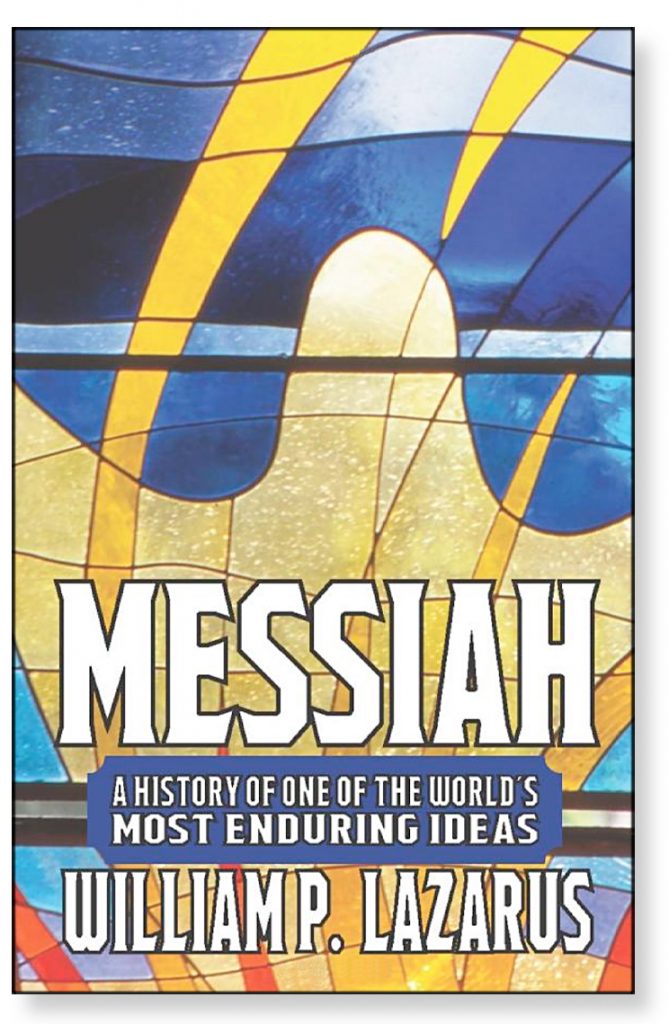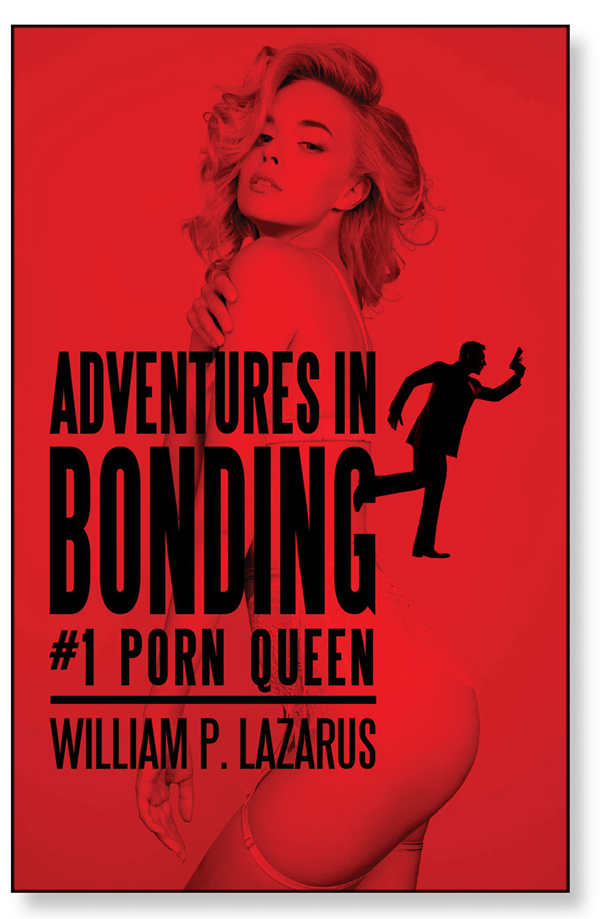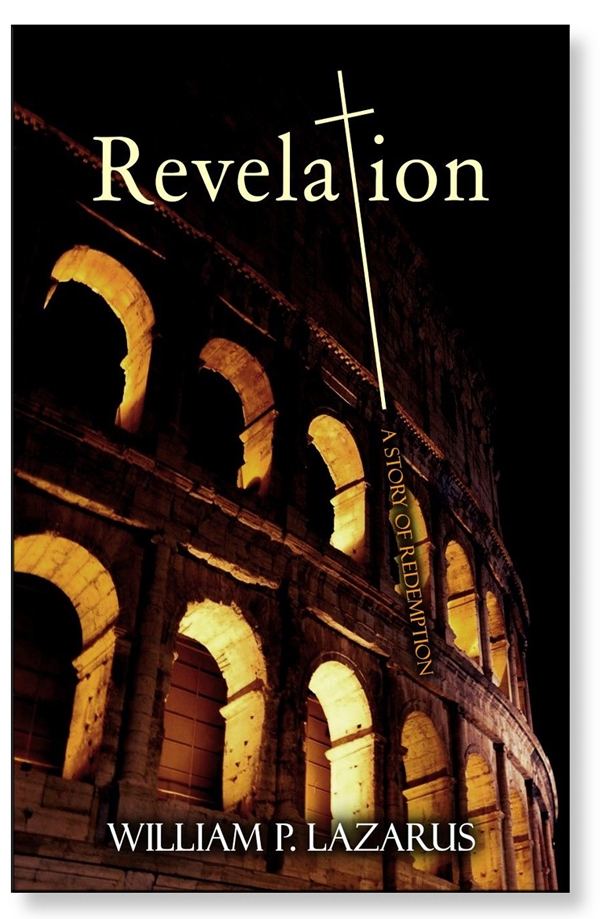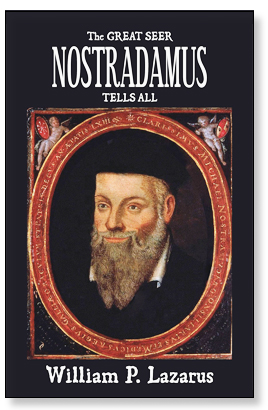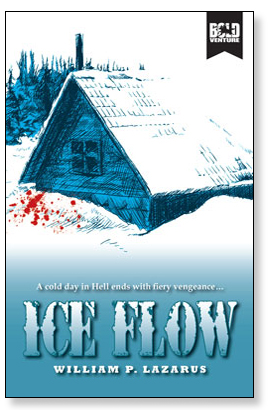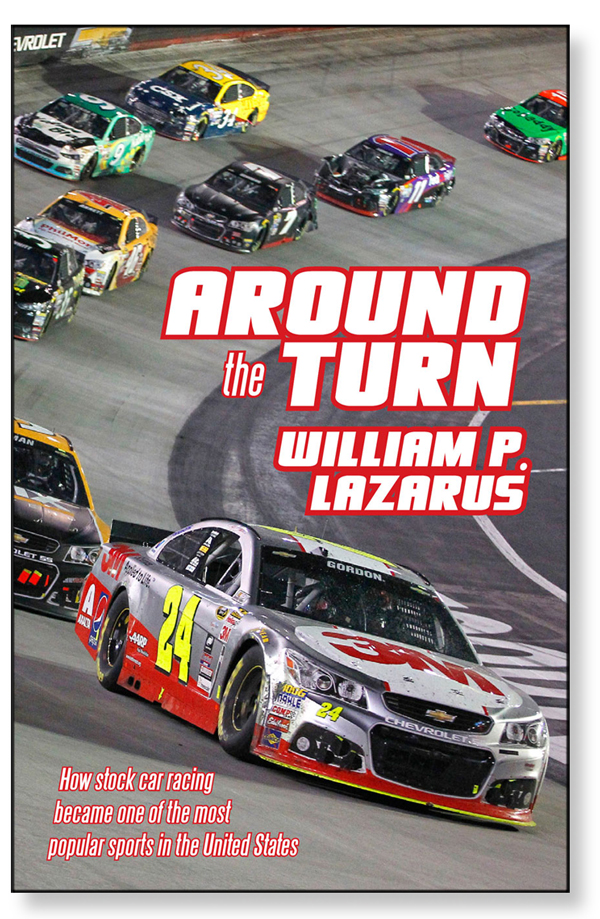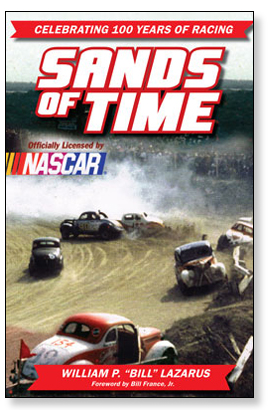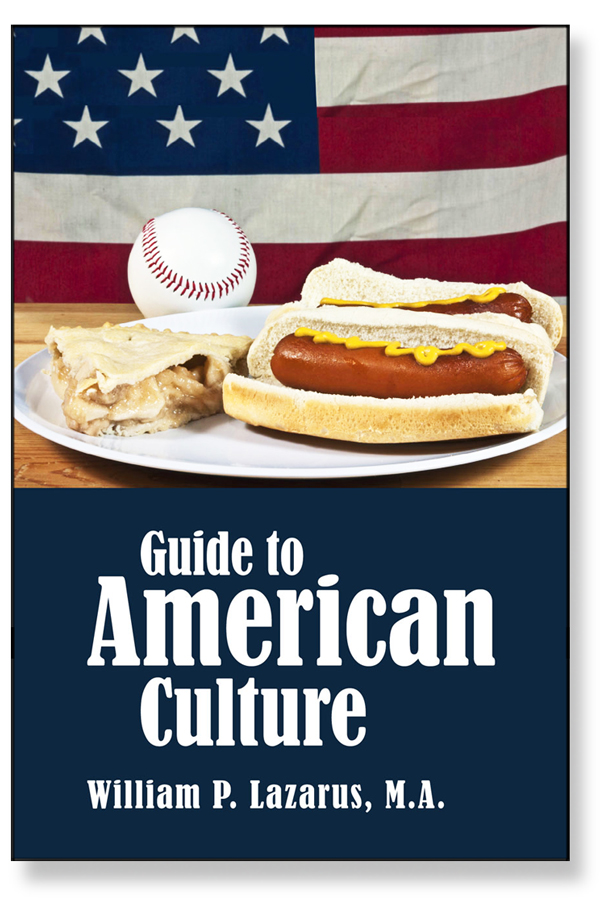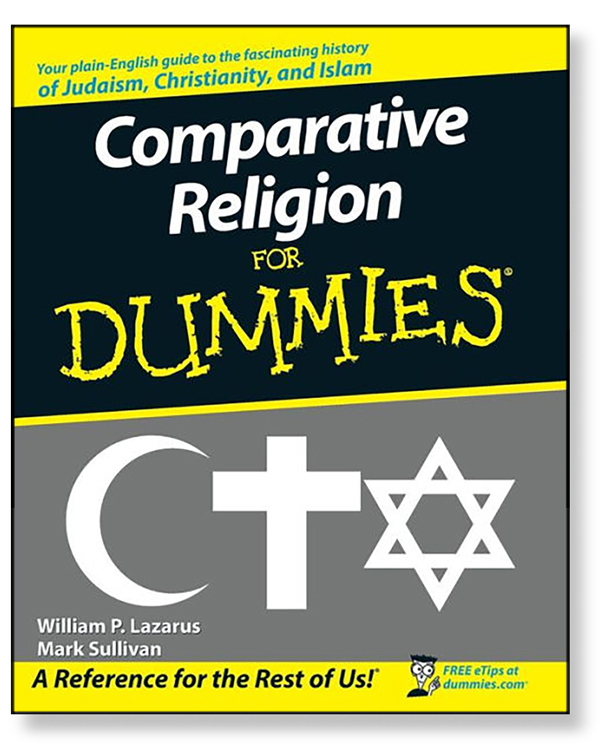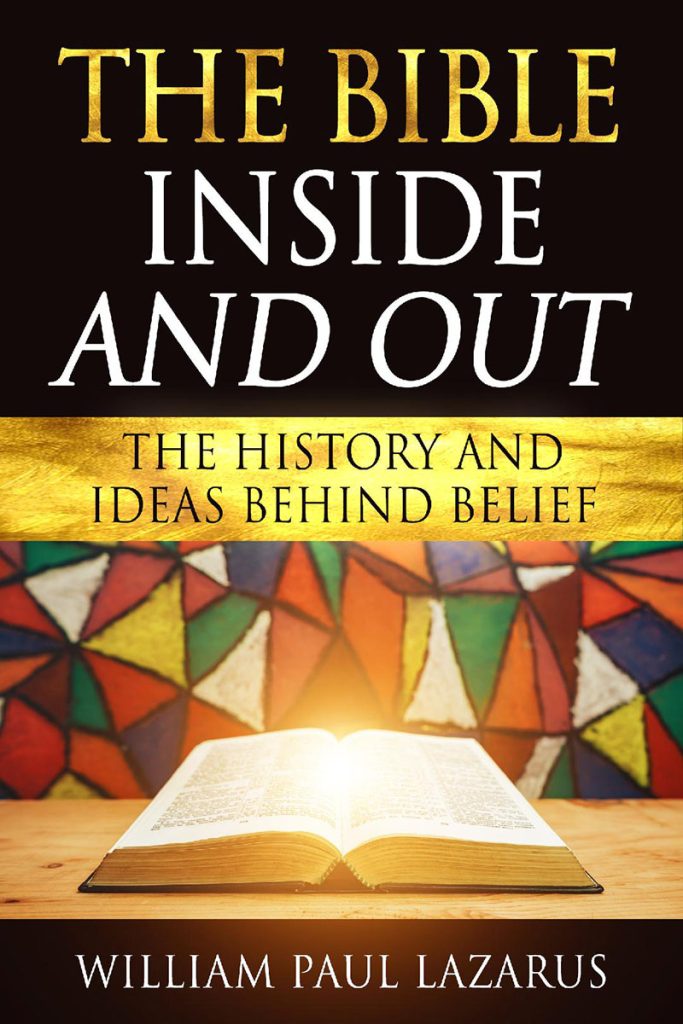
The Bible Inside and Out: The History and Ideas Behind Belief: Despite the Bible’s pervasive role and importance, it is commonly unread outside of churches and synagogues and often misunderstood. In The Bible Inside and Out, award-winning religious historian William Paul Lazarus presents a unique, research-based look at the Bible that helps a reader separate fact from fiction. In so doing, Lazarus’s book helps the reader come away with a deeper understanding of the Bible’s complexities and historical reality and, ultimately, a better understanding of how they may want to shape their beliefs. For those readers looking to complete their understanding of the Bible or their own beliefs, this book is an important piece of that puzzle.
Messiah: A History of One of the World’s Most Enduring Ideas: Few people know where the messiah concept originated. They don’t know who developed it, or why it has taken on such meaning in Western religion. Many people have claimed to be the messiah in the past 2,000 years.
The messiah idea took on new life with the turn of the current millennium. A long list of prophets, including some dredged up like Nostradamus, offered predictions that the messiah was on his way. Once again, the messiah failed to appear, but the hopes and expectations live on.
The messianic concept touches the core of the human soul, reflecting a yearning for a contact with God and a desire for a better life. It generates an image of an ideal human who, god-like and serene, enlightens society and rules over a peaceful world.
This book attempts to answer the many questions about messiahs and the Messiah Concept. Tracing the idea’s origin, providing a brief biography of some individuals who claimed to be messiahs and examining the environment in which the idea can thrive.
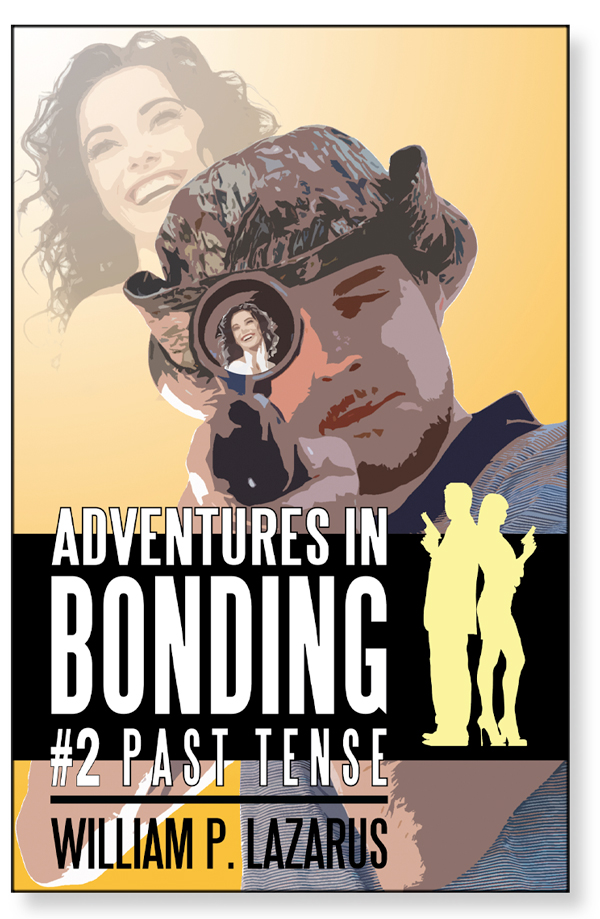
Adventures in Bonding: Bond? James Bond? He couldn’t be James Bond, and probably wasn’t. Unfortunately for Police Sgt. McConnell, the mystery man believes he is the legendary secret agent, and he can’t be dismissed with a shaken-not-stirred vodka martini and a pat on the head. He has information regarding a murder, and he won’t reveal anything unless she plays along. But things get serious when “Bond” starts taking chances with their lives — and the culprits are playing for keeps.
Revelations: A Story of Redemption: A struggling Publius Longus begins to feel the heartfelt passion of early Christians and resolves to tie his fate to theirs after a series of misadventures, including time in the catacombs, a visit to an astrologer and months slaving in Roman mines in Spain.
The Time Warp Trilogy: Forced to leave his own planet because of a civil war, Prince Anton flees into the unknown universe with only his all-knowing, automatonic horse, Thurgose, for company. En route to Earth, the closest inhabited planet, Anton quickly finds enemies are chasing him and he must veer to another planet where heralded fighters face off against weeds and poaching creates serious dangers.
The Great Seer, Nostradamus, Tells All: On his deathbed, Nostradamus, still famed for seeing far into the future, recounts his past to a young visitor who wants to know how to become famous. In his rollicking, comical tale, Nostradamus wanders across Europe, trading saintly relics like baseball cards, overcoming a confrontation with the town doctor, running into Henry VIII, facing off against a witch, being mistaken for a messiah and surviving a deadly standoff in Germany. With his cohort Ernest, a smooth-talking rascal, Nostradamus inhales nutmeg fumes and foresees chaos and laughs across the decades.
Ice Flow: Revere River seemed like a good idea. After that, everything went downhill—the residents, who grew weary of the unrelenting snow; the avalanche that killed another chunk of the citizens, and their economic base; and the nearest town’s population consisting of outlaws and bounty hunters. Now a slick shyster has Revere River in his hip pocket — but when lust overpowers greed, the town’s delicate existance will crack like ice.
Around the Turn: Race cars careening around yet another turn seem common-place today, but the sport had to maneuver around some daunting roadblocks just to get to the start-finish line and faces more in the future. In Around the Turn, NASCAR historian Bill Lazarus documents NASCAR’s greatest triumphs, and some of its more bizarre moments .
I give this book two thumbs up! Bill Lazarus did a remarkable job. Every race fan should have this in their library.
Buz McKim, former NASCAR Hall of Fame historian.
Take a wild ride through a century of action, from the first makeshift race in 1903 to the incredible panorama of the 2003 Daytona 500. Each aspect of the story is accented with colorful anecdotes, featuring the cultured drivers of the early 1900s, jauntily racing against the clock in immaculate uniforms and scarves waving in the breeze, to the roughnecks from the Southern woods, who found themselves in jail as often as Victory Lane, to today’s famous athletes who dare the famed high banks at speeds close to 200 mph. Each chapter includes additional details on such topics as women, drivers, sponsors and prize money, as well as the origin of race flags, development of tires and the sites of forgotten tracks. This book is extensively illustrated with rarely seen photos drawn from Motorsports Images & Archives, the largest single collection of race photography in the world. The account is centered in Daytona Beach, a small Florida community that hosted the first race in 1903 and has come to embody motorsports in this country.
Guide to American Culture: Surrounded by an unfamiliar language, references and ideas, many students coming here to learn English along with newcomers hoping to start a new life in the United States find themselves quickly overwhelmed and bewildered. This book is their road map to an American culture that has enveloped them and has spread worldwide. For Americans, it’s also a reminder of where we were and how much has changed in the more than 500 years since Christopher Columbus made landfall in the New World.
Comparative Religion for Dummies: Want to know more about the faiths of Judaism, Christianity, and Islam? This plain-English guide traces their evolution from their common origin – Abraham – and explains their different, yet linked, beliefs.You’ll see how each religion developed, endured setbacks, and became a fixture in modern society – and you’ll learn how members have developed similar approaches to worship.
Passover in Prison: For centuries, isolated in ghettos or the pale between Russia and Poland, Jews created their own culture built around education. They needed literate men and women to comb through the sacred texts to discover the ideal way to live. One that would restore them to god’s good grace. As the doors of isolation finally opened in the 19th century, Jews began to mingle with the rest of society on a more or less equal basis. Crime came hand-in-hand with opportunity. Many went to jail, where they found terrible conditions. A bureau of justice statistics survey of prisoners across the country found that 4.5 percent (or 60,500) of the more than 1.3 million inmates held in federal and state prisons had been sexually abused. For women, the number was closer to 25 percent. The situation is even worse for Jews. This is their story.
